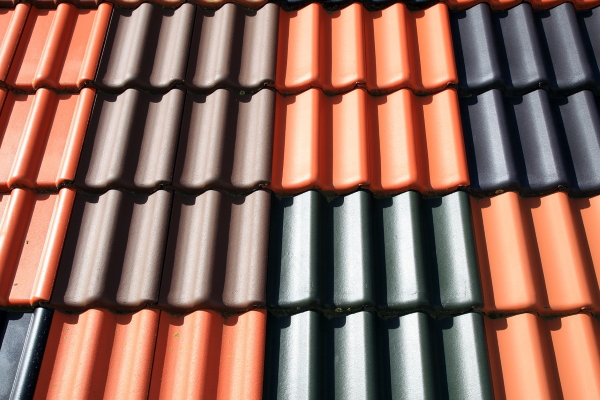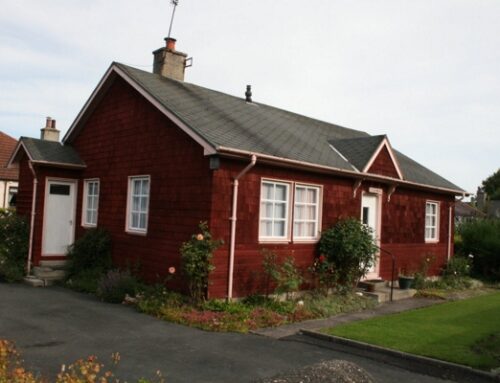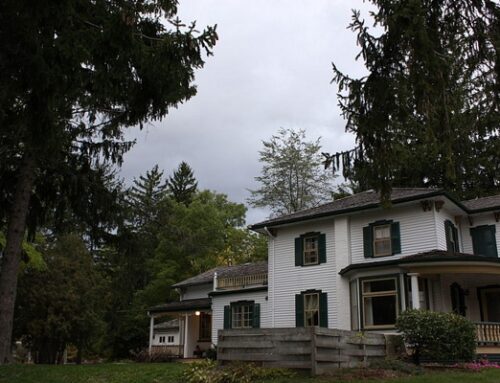When you ask your experienced and greatly-reliable Clinton Township MI homeowner about the roofing tiles to work with, they will often recommend clay and ceramic tiles. Most suppliers will either refer you to the correct materials or refer you to ceramic tiles for clay ones and vice-versa. It’s a major headache for many homeowners especially when they’re trying to achieve a certain aesthetic for their residential roof using either materials.
In our entire roofing experience — and having installed numerous types of residential roofing materials — we can say that clay and ceramic tiles have major differences. In this post, you’ll learn all about them and make the best decision for your roofing materials.
What are Ceramic Tiles?
Clay and ceramic tiles are greatly different. Both materials come from a clay mixture and even uses a heating oven called a kiln to achieve their beautiful aesthetic. However, ceramic is prepared at a higher temperature to achieve that smooth and beautiful finish homeowners find significant especially when trying to achieve a certain roof aesthetic.
RoofingCompare discusses the many advantages and some disadvantages of ceramic tile roofing shingles. Learn more about them below.
ADVANTAGES OF CERAMIC TILE SHINGLES
Aesthetic Appeal:
Ceramic tile shingles come in a wide variety of colors. They can also be glazed or unglazed. Their shapes include flat, interlocking and fluted tiles.
Increased Durability:
With the use of ceramic tile shingles, roofs can endure harsh weather temperatures with ease.
Good Insulation:
Because air can circulate under ceramic tile shingles, ceramic tile roofs help keep temperatures warmer in the winter and cooler in the summer.
Guarantees:
Ceramic tile shingles are durable and enhance the longevity of a property’s roof. Ceramic tile shingles usually come with a guarantee of at least 50 years and can even last up to 100 years.
Increase in Property Value:
Ceramic tile roofs provide an attractive finish and their ability to withstand harsh temperatures is enough to impress prospective buyers. Ceramic tile shingles may also increase the price of a property when it’s time to be sold.
Water, Frost and Fire Resistant
Since ceramic tile shingles are made from clay, they do not absorb water. Ceramic tile shingles can also be glazed giving them added durability and making them fire resistant.
Environmental Impact:
Ceramic tile roofs have the lowest life-cycle costs. They have no chemical preservatives and all waste can be recycled. (Continued)
More About Clay Tiles
Since medieval times, clay tiles have become a staple for many residences and palaces across Europe and anywhere else in the world. In fact, its efficacy as a roofing material has made it an excellent rival against ceramic tiles. Clay and ceramic tiles share similar properties, such as having the same clay base mixture. However, clay tiles are made with lower temperatures and shorter production times than ceramic. It achieves its unique, Mediterranean-esque aesthetic that is neither too smooth nor rough.
Lifestiles UK has a great list of tips to get the best quality of clay tiles if you’d like to own them. Check it out below.
1. The sound test
By tapping together two clay roof tiles, you can determine if the tile is faulty. When two high quality clay roof tiles are tapped against each other, they will “ring”. Listening out for this sound is crucial when selecting your tiles. However, if there is no “ring” it is likely that the tile is cracked. Finally, if the tiles produce a dull thud this suggests that the tiles are old and salvaged. Listen to your tiles, they’ll tell you when something’s not right.
2. The soak test
Checking the water absorbency of the tiles is another great test for the quality of clay roof tiles. The less water that is absorbed, the less chance there is that the tiles will be damaged by frost. This test involves a little bit of maths but is worth the effort to ensure your roof will have the longevity you’re investing in.
To start with, make sure that the tile is completely dry and note down how much it weighs. Next, soak the tile in a bucket of water overnight, making sure it is completely submerged. In the morning, remove the tile from the bucket, wipe off any surface water, and weigh again
Weight of roof tile after soaking ÷ original weight of roof tile = <1.06
OR
(weight of roof tile after soaking – original weight of roof tile) × 100 = <6%
original weight of roof tile
The calculation above suggests that your tile’s weight should increase by no more than 6%. Any more than this and there is a risk that the tile is not of a high enough quality to stand the test of time. However, there are exceptions to this when the clay preparation is so good that the tile can have a higher water absorbancy and still remain frost resistant. (Continued)
The Major Differences Between the Two
The truth is, only aesthetics and a slight edge in durability is the difference between clay and ceramic tiles. However, both of them can last for 50-70 years with proper installation and consistent maintenance. If you have yet to find a reliable roofer to help you with installations, we at Miller’s Home Improvement can help you with all your roofing needs. Contact us today!






